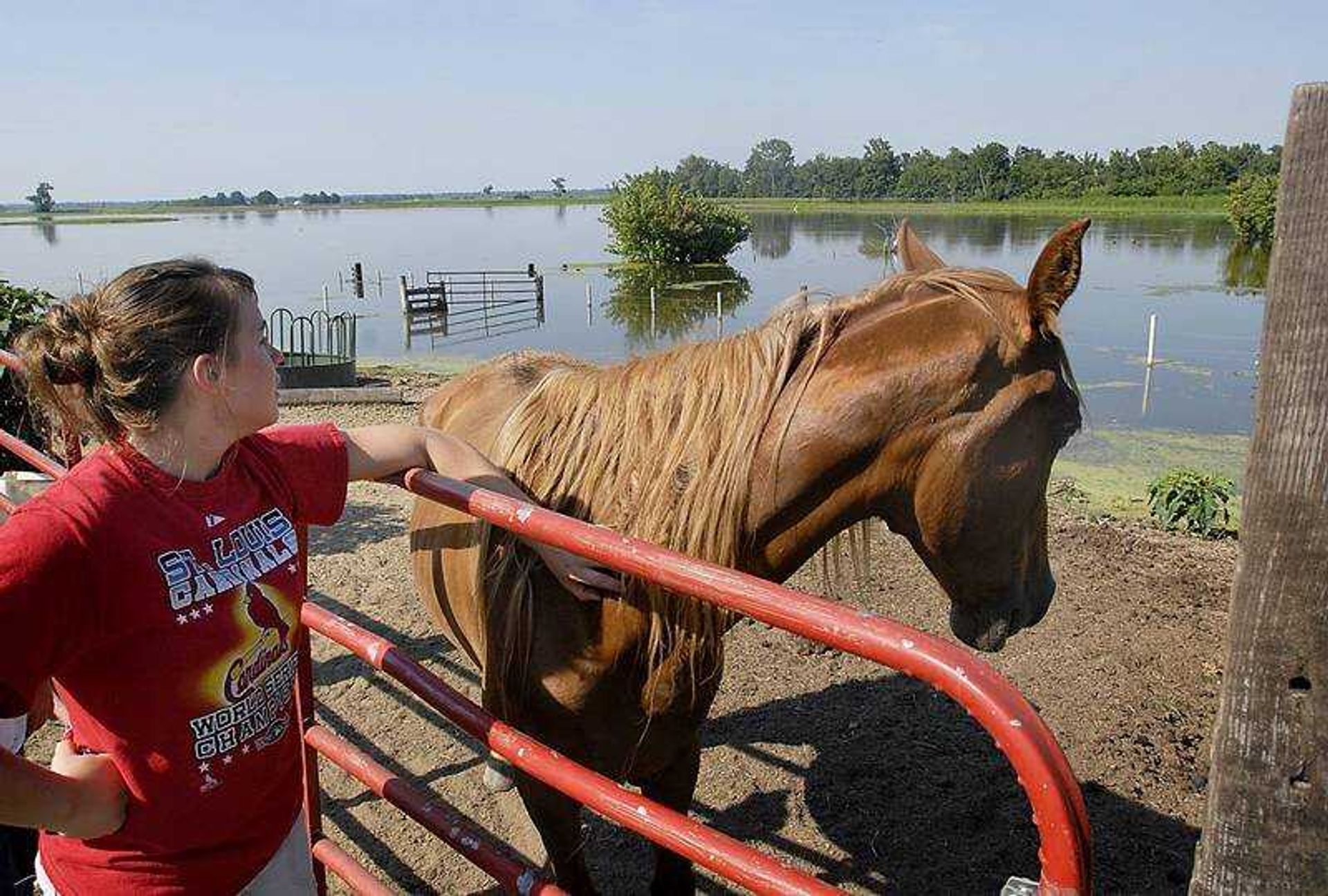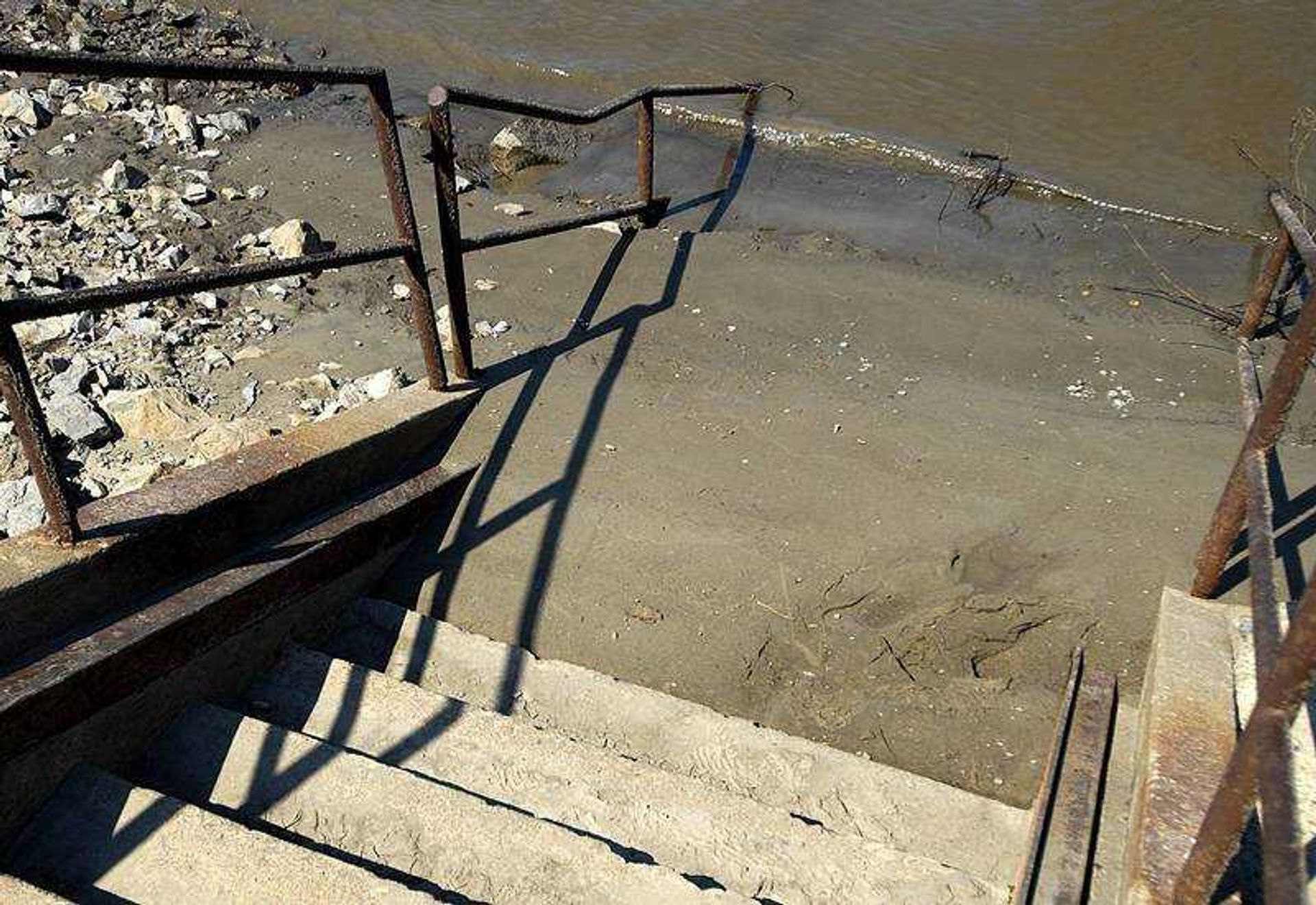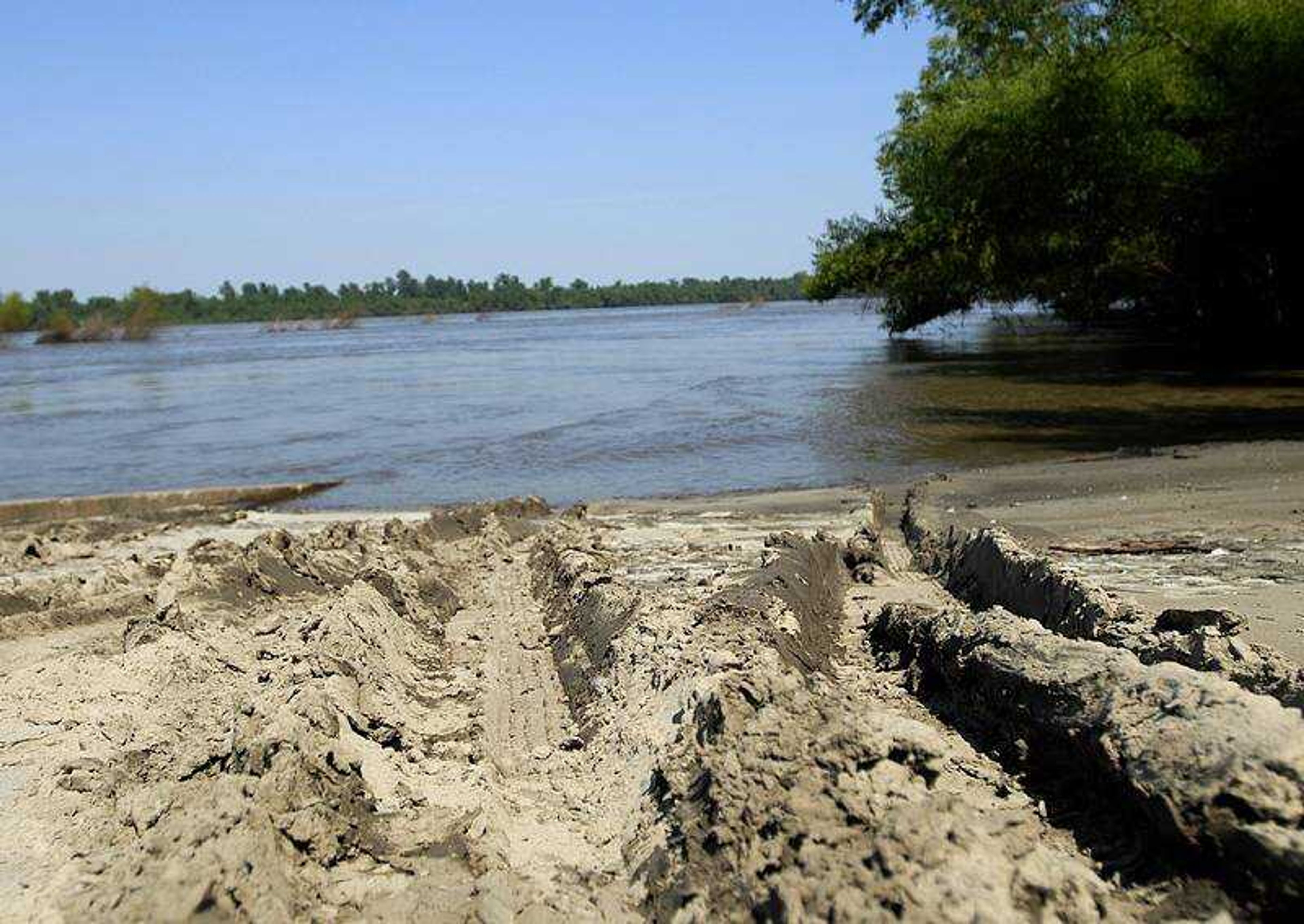After the flood: While farmers have lost corn and soybean crops, infrastructure in the Cape area was mostly unaffected
Estimates of area flood damage varied Wednesday as farmers experienced significant losses, but many others in the Cape Girardeau area reported minimal or no damage. David Reinbott of the University of Missouri Extension office in Scott County said many farmers have lost corn and soybean crops because they had been underwater for weeks. ...
Estimates of area flood damage varied Wednesday as farmers experienced significant losses, but many others in the Cape Girardeau area reported minimal or no damage.
David Reinbott of the University of Missouri Extension office in Scott County said many farmers have lost corn and soybean crops because they had been underwater for weeks. However, he said much of the area wheat crop was able to be harvested before major flooding in late June and early July occurred. He said farmers began harvesting wheat June 1.
According to Reinbott, it would be difficult for farmers to plant other crops this late in the summer. He said soybeans could still be planted, but Saturday was close to the latest date to begin replanting.
Monty Keesee, who owns land near Scott City, said he lost his soybean crop with the floods but was able to harvest some of his wheat. He said he hoped to have another soybean crop on 80 acres of his 200 total acres before July 20. Much of his land is still too wet to plant, he said.
"I'd like to have some money off my field," Keesee said.
But while farmland has been damaged, infrastructure in the Cape Girardeau area was largely unaffected.
The Missouri Department of Transportation reported only one flood-related repair, on Highway 177 north of Cape Girardeau. The road was underwater for about two weeks, according to Jerry Friese, regional maintenance supervisor for MoDOT in the Jackson office. For the first week, he said, the road was covered by 6 to 7 inches of water, but traffic was still allowed to pass. In the second week, MoDOT closed the road to motorists because it was under 10 inches of water.

Friese said a 3-inch-deep void beneath the road surface filled with water during the flooding. The space underneath the road, which was 56 feet long and 2 feet wide, developed because vehicles pushed water through a seam in the middle of the road, Friese said. MoDOT crews forced the water out, filled the void and sealed the seam with liquid asphalt. Friese estimated the repair cost at $500 and $650 between wages, the cost of material and the use of machinery.
As for the area rail system, the Burlington Northern Santa Fe Railroad reported no damages on its line south of St. Louis, according to Steve Forsberg, general director of public affairs for the railway.
By contrast, he said, sections of track north of St. Louis needed lots repairs. Forsberg said roughly 1,000 feet of track needed to be repaired over an 80-mile stretch of railway in northern Missouri.
The railway south of St. Louis reopened for service earlier this week.

The Cape Girardeau Public Works Department did not report any major flooding issues in its sewage system. Renee Bungart of the Missouri Department of Natural Resources said she was also not aware of any sewage issues or other major environmental concerns in the Cape Girardeau area. Farther north on the Mississippi River, Bungart said, several sewage systems had overflowed.
As for wildlife and vegetation, Brad Pobst of the Missouri Department of Conservation said he did not believe the most recent flooding had a negative effect. Pobst expected plant life that was underwater to begin growing again soon and wildlife, such as deer, to begin returning to formerly flooded areas.
Many trees that were underwater for weeks will likely survive, he said. However, they may not begin to regrow branches that were underwater until spring.
tthomas@semissourian.com
335-6611, extension 197
Have a comment?
Log on to semissourian.com/today
Connect with the Southeast Missourian Newsroom:
For corrections to this story or other insights for the editor, click here. To submit a letter to the editor, click here. To learn about the Southeast Missourian’s AI Policy, click here.










